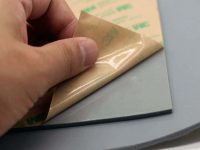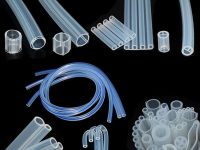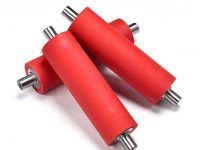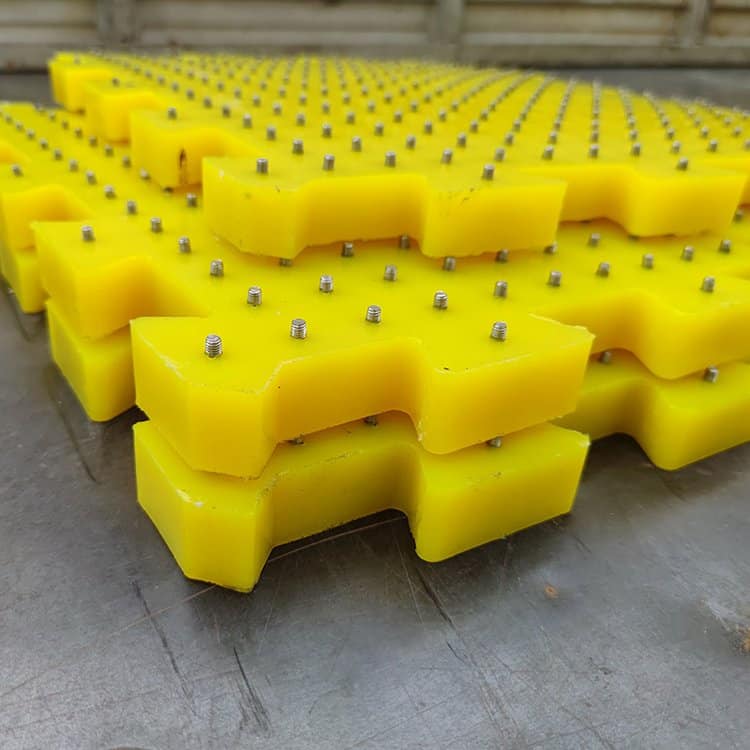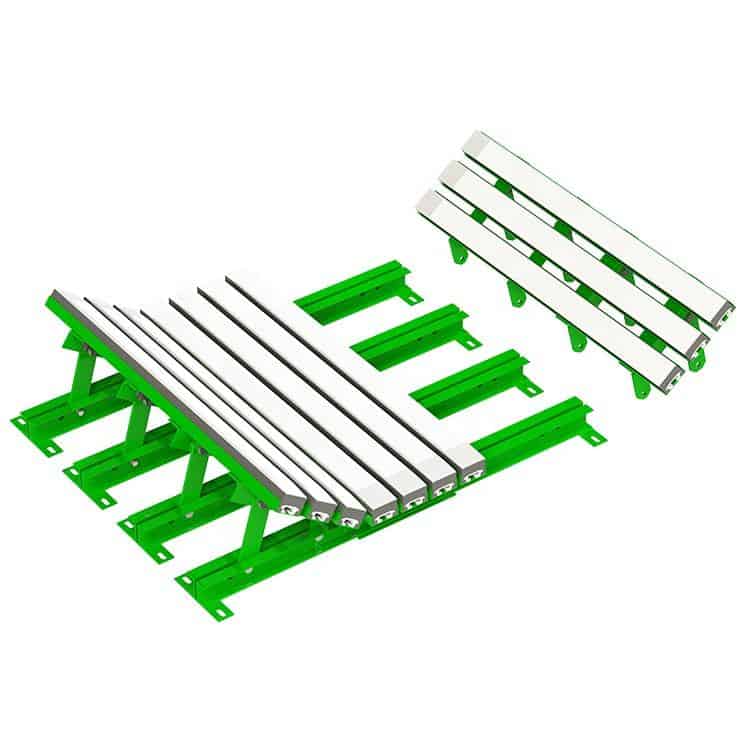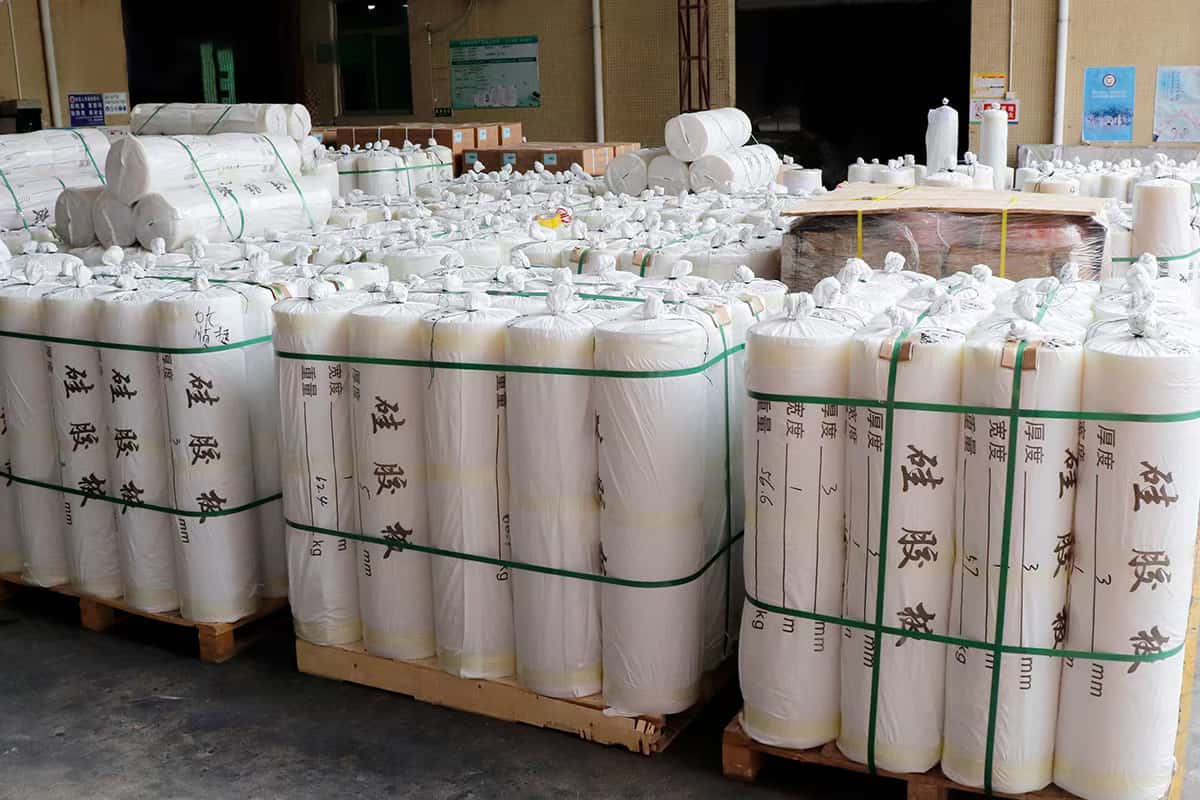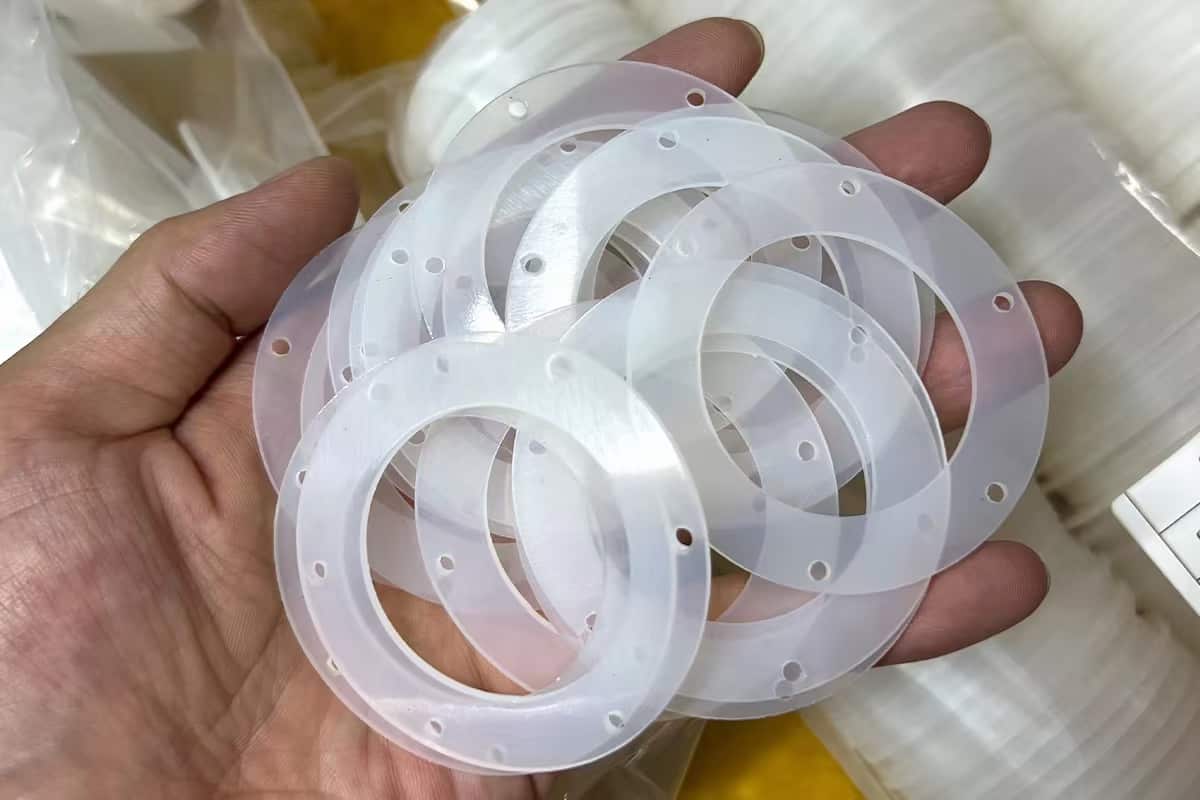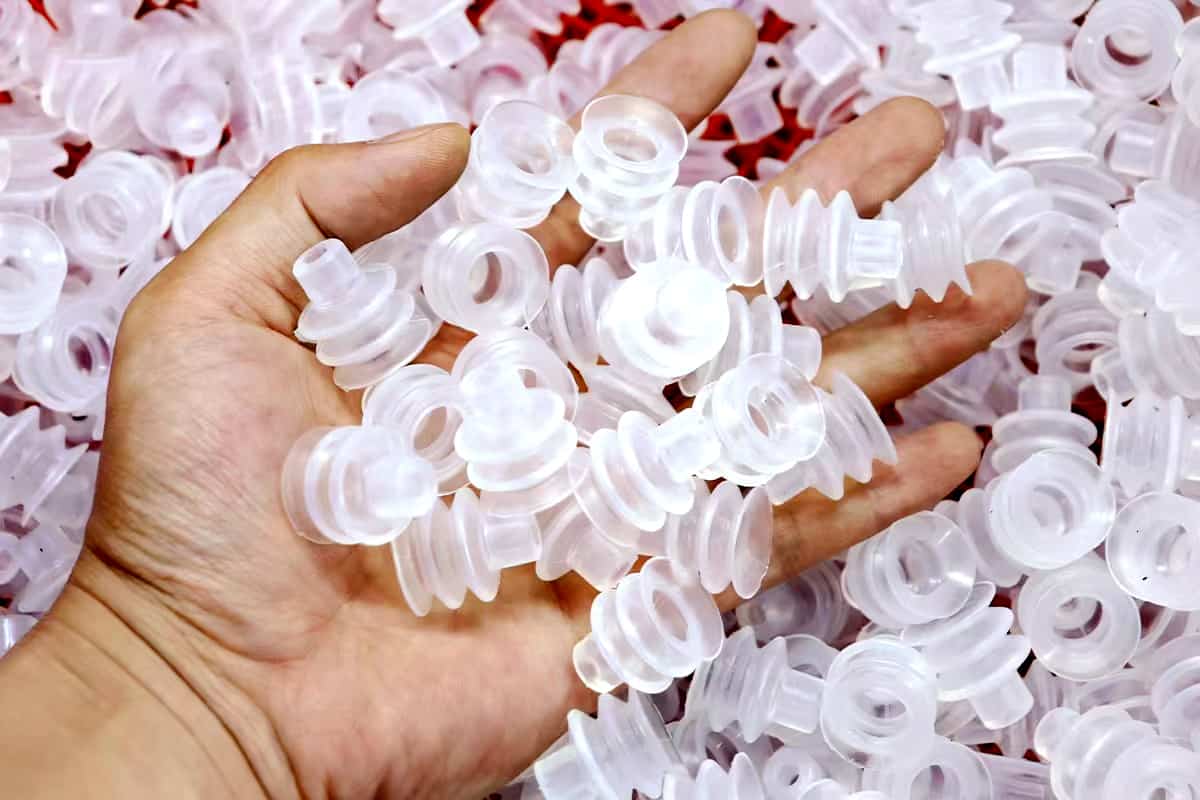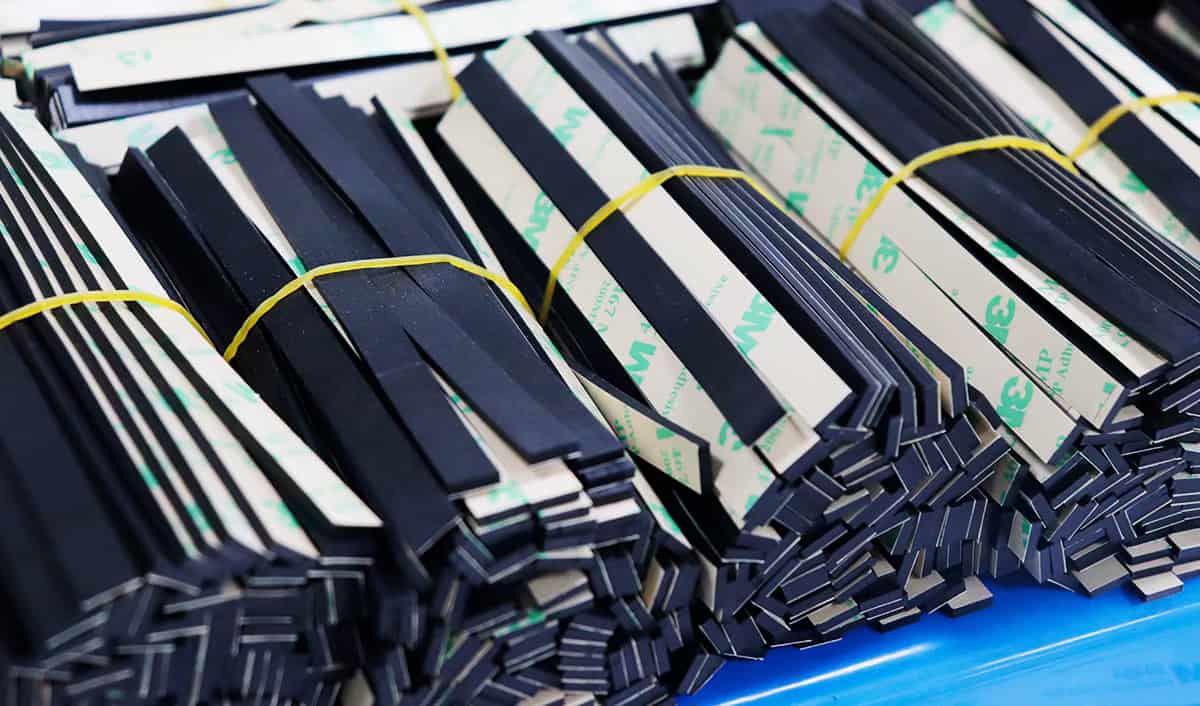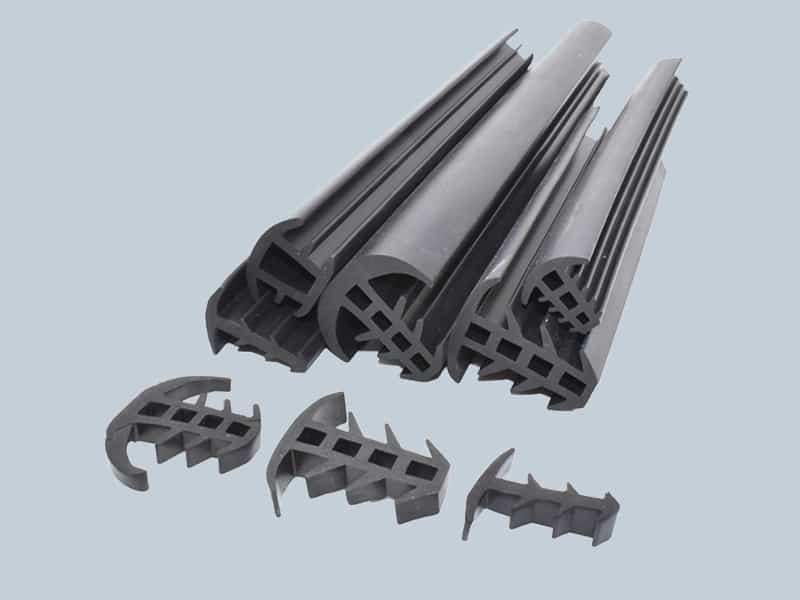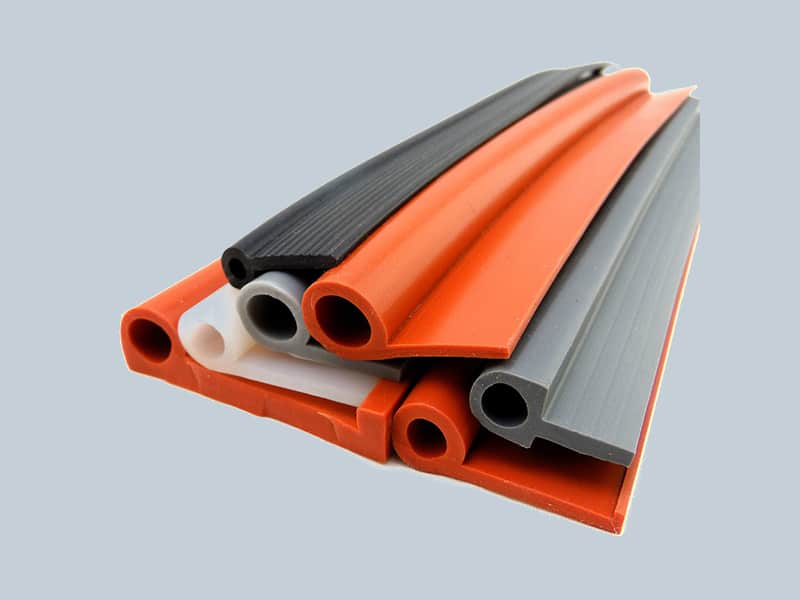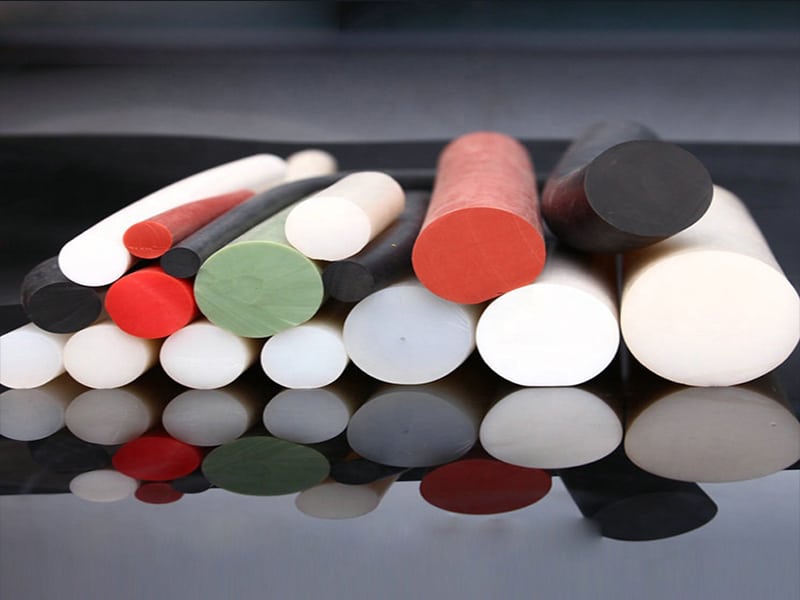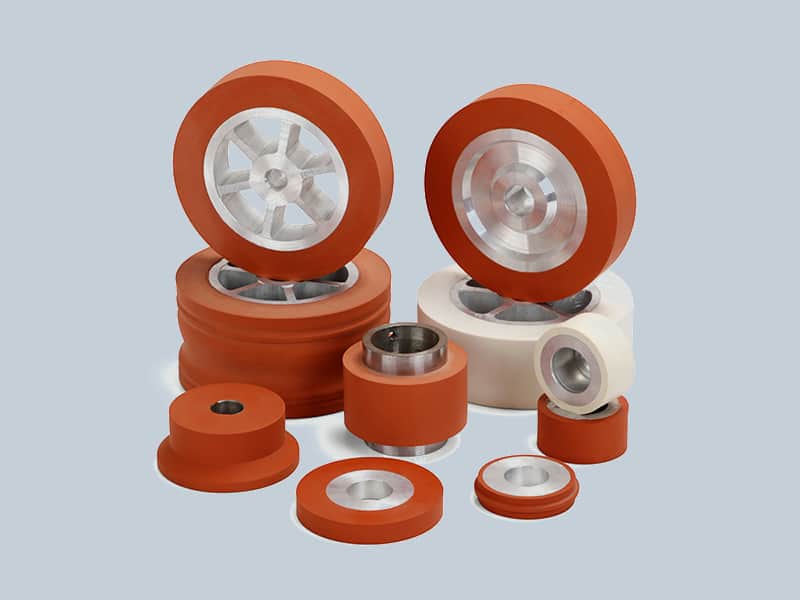Rubber is an electrical insulator that does not allow electricity to flow through it. This makes rubber an ideal material for electrical wiring and insulation. However, rubber is also a good conductor of heat and can be used in applications where thermal conductivity is desired.
Properties of rubber: physical and chemical
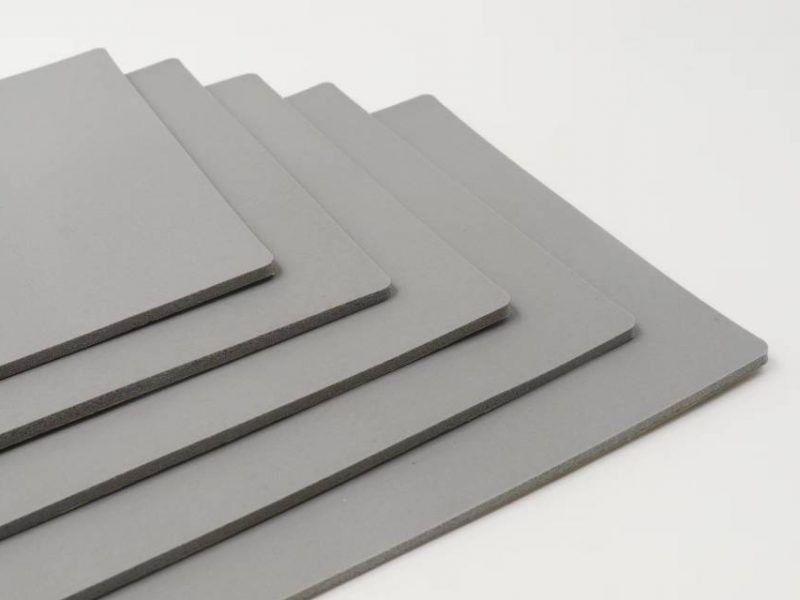
Rubber is a material that has many unique properties. It is both flexible and strong, making it ideal for many applications. Rubber is also a good insulator of electricity, which makes it useful in electrical applications. In addition, rubber is resistant to many chemicals, making it an ideal material for use in the chemical industry.
Uses of rubber: insulation and other uses
Rubber is a material that has a variety of uses. It can be used as an insulator or a conductor. It is also used in tires, gaskets, and other products.
Silicone Rubber is an excellent insulator. It is used to make electrical tape, gaskets, and seals. It can also be used to line pipes and tanks. Rubber does not conduct electricity well, so it is often used in electrical applications.
Rubber is also a good conductor of heat. This makes it ideal for use in tires and other products that need to dissipate heat quickly.
Electrical properties of rubber: conductor or insulator?
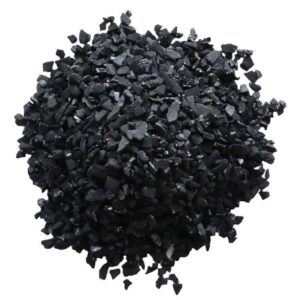
Rubber does not conduct electricity and acts as an insulator. Consequently, the sheath of the wire and cable, electrician’s gloves, electrician’s boots, etc. are all made of rubber. However, in special cases, it is considered hoped that the rubber can conduct electricity and become a semiconductor, or even a conductor.
Once, an explosion occurred in a coal mine in the UK, causing overwhelming damages. It was later found out that the cause of this tragedy was the conveyor belt on the belt conveyor at the mine. Because it consists of rubber, and rubber is not conductive, it rubs against the conveyor during operation, generating static electrical energy, which causes an explosion when it touches the flame. How to eradicate this terrible accident? People began to think about whether to make the rubber conductive and eliminate the static electricity, so as to avoid sparks and accidents. Later, this vision finally became a reality.
What is Conductive Rubber?
Conductive rubber can be used to uniformly distribute conductive particles such as silver-plated, aluminum silver-plated, silver, and other conductive particles in silicone rubber, and contact the conductive particles through pressure to achieve good electrical conductivity. There are military and civilian applications. Its main role is sealing and electromagnetic shielding. It can be molded or extruded and available in sheet or other die-cut shapes. This is what we usually call conductive rubber.
The conductive rubber contrasts most dramatically with the common rubber, because it has an extremely low resistivity, that is, it doesn’t have too much resistance to the flow of electricity. In actual use, the conductive rubber positively influences the elimination of static electricity. If the conductive carbon black is replaced by metal powder, the conductivity of the material increases. Therefore, this conductive rubber has become a new type of special elastic polymer material for the manufacture of some modern electrical parts. Interestingly, people also make a kind of hot water bottle out of conductive rubber. As soon as it is powered on, the water in the bag gradually warms up. At present, the use of conductive rubber can be huge! Because it can eliminate static electricity, people use it to make products such as special-purpose rubber sheets, anti-static tapes, and high-speed textile roller. It is not difficult to imagine that conductive rubber will have greater development in the future!
How to test: conductor or insulator?

Is rubber a conductor or insulator? This is a question that scientists have been trying to answer for many years. The answer is not simple and it depends on the type of rubber and the amount of charge that is passing through it.
Some types of rubber are good conductors, while others are good insulators. The difference between the two is the amount of charge that can pass through them. The more charge that can pass through, the better the conductor.
One way to test if a material is a good conductor or not is to see if it can hold a static charge. If it can, then it’s a good conductor. If it cannot, then it’s a good insulator.
Conclusion
In conclusion, rubber is classified as an insulator. This is because rubber does not allow electrons to flow freely through it, making it difficult for electricity to move through the material. However, there are some instances where rubber can act as a conductor, such as when it is heated or when certain chemicals are added to it.

